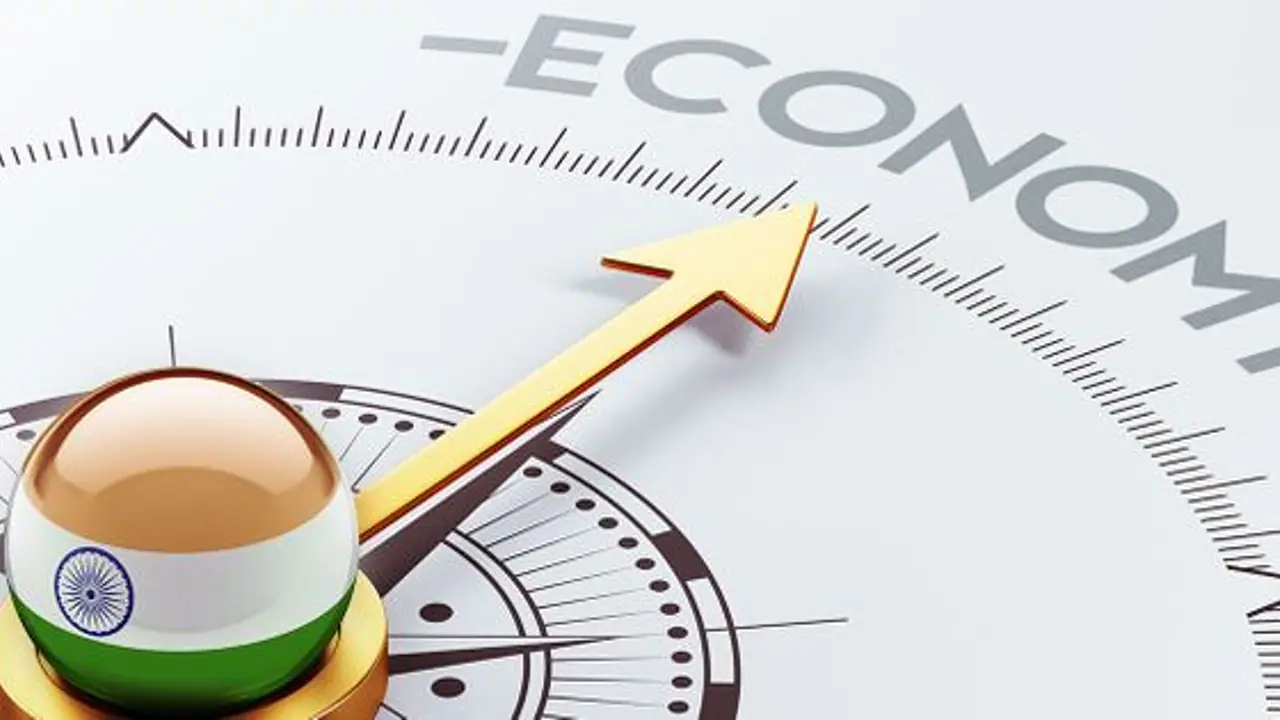The present government will leave the nation’s economy with much better macro fundamentals like growth, inflation, external and fiscal deficits than what it inherited from the UPA government
New Delhi: The Narendra Modi government will present its sixth budget on February 1. Since it is an interim budget, Chief Economic Advisor Krishnamurthy Subramanian will not be presenting an Economic Survey on Thursday, which is generally presented a day prior to the introduction of a full-fledged budget.
A Hindustan Times analysis on economic reforms of the government presents the following:
The present government will leave the nation’s economy with much better macro fundamentals like growth, inflation, external and fiscal deficits than what it inherited from the UPA government.
Why this progress?
This is because the present government did not have to face high crude prices for most of its tenure. For nations like India, which depends heavily on oil imports, crude prices are crucial for shaping the economy.
Downsides
The growth under the present NDA government has failed to help important sectors like agriculture, industry and services. This has deeply affected job creation in the nation.
What improved
After the Narendra Modi government took office in 2014, the nation’s growth recovered considerably. According to the 2011-12 GDP series, Gross Value Added (GVA) grew less than 6% in 2011-12, 2012-13 and 2013-14.
The case was the same with the fiscal deficit. It remained higher than or precariously close to the 5% mark under almost the entire second term of the second United Progressive Alliance (UPA) government.
What muted the positive impact of economic growth under NDA govt
Even though the output of the agricultural sector increased, farm product prices failed to keep up with non-farm prices in the market. This created a situation where the farmers weren’t earning much, despite an increase in production.
The implementation of GST and demonetisation has affected the corporate sector. Statistics from the Centre for Monitoring Indian Economy (CMIE) show that the private corporate sector’s profit after tax actually declined in two out of the four full years under the present government.
